Home>Furniture & Design>Interior Design Trends>How To Clean A Glass Vase
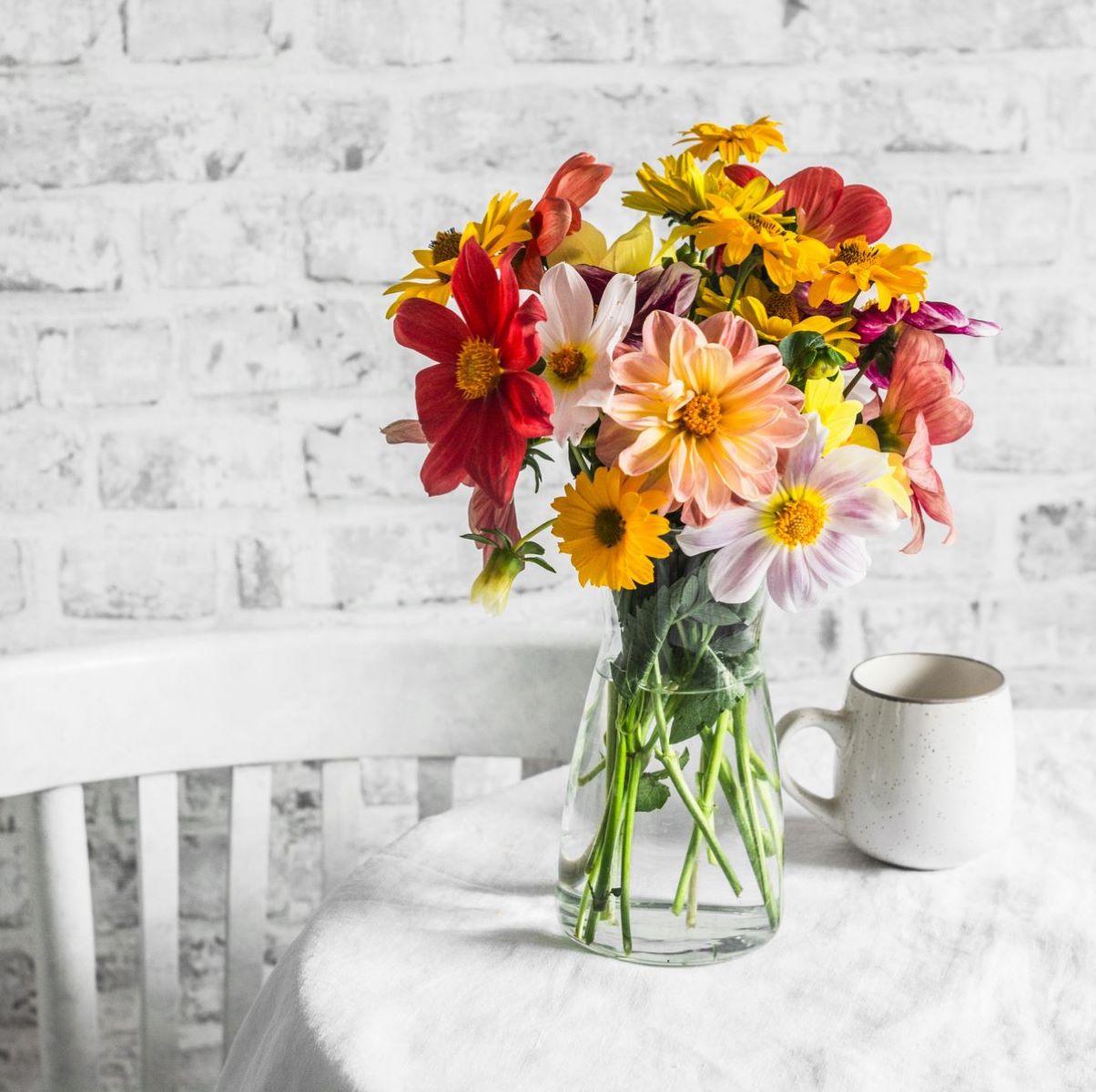

Interior Design Trends
How To Clean A Glass Vase
Published: February 6, 2024
Learn the best techniques for cleaning a glass vase to keep up with the latest interior design trends. Discover how to maintain the beauty of your glass vases effortlessly.
(Many of the links in this article redirect to a specific reviewed product. Your purchase of these products through affiliate links helps to generate commission for Storables.com, at no extra cost. Learn more)
Introduction
Cleaning a glass vase may seem like a simple task, but it requires a delicate touch to ensure that the vessel is sparkling and free from any blemishes. Whether you have a cherished family heirloom or a modern decorative piece, maintaining the pristine appearance of a glass vase is essential for preserving its beauty and allure. Over time, dust, water stains, and residue from floral arrangements can diminish the vase's transparency and luster. However, with the right approach and a few basic materials, you can restore its brilliance and showcase it as a stunning centerpiece in your home.
In this comprehensive guide, we will walk you through the step-by-step process of cleaning a glass vase, covering everything from gathering the necessary materials to the final rinse and drying. By following these instructions, you can ensure that your glass vase remains a captivating focal point, exuding elegance and charm. So, let's dive into the art of rejuvenating your glass vase and uncover the secrets to achieving a pristine, glistening finish that will leave your guests in awe.
Key Takeaways:
- Transform your glass vase with a gentle touch and the right materials. From a potent cleaning solution to delicate scrubbing, restore its brilliance and allure as a stunning centerpiece in your home.
- Gather essential materials, prepare a powerful cleaning solution, and delicately cleanse the interior and exterior of your glass vase to reveal its flawless, glistening finish.
Read more: How To Clean Glass Vases
Step 1: Gather the necessary materials
Before embarking on the journey to restore the radiance of your glass vase, it's essential to gather the necessary materials to ensure a thorough and effective cleaning process. Here's what you'll need:
Materials:
-
Dish soap: Opt for a mild, gentle dish soap that is free from harsh chemicals or abrasives. This will serve as the primary component of the cleaning solution, effectively removing dirt and grime without causing damage to the glass surface.
-
White vinegar: This versatile household staple is a powerful ally in combating stubborn stains and mineral deposits. Its acidic properties make it an excellent natural cleaner for glass, helping to dissolve residue and restore the vase's clarity.
-
Soft-bristled brush or sponge: Select a soft-bristled brush or sponge to delicately scrub the interior of the vase. This will enable you to reach all the nooks and crannies, ensuring a thorough clean without scratching or damaging the glass.
-
Rice or uncooked grains: Surprisingly, rice or uncooked grains can be used as an effective agitator to dislodge residue from hard-to-reach areas within the vase. The gentle abrasion provided by these natural materials aids in loosening debris, facilitating a more comprehensive cleaning process.
-
Microfiber cloth or soft towels: These lint-free, non-abrasive cloths are ideal for drying the vase without leaving behind unsightly streaks or lint particles. Their soft texture ensures that the glass surface remains pristine and free from scratches.
-
Rubbing alcohol: This multipurpose solution is excellent for tackling tough stains and disinfecting the vase. It evaporates quickly, leaving the glass spotless and free from streaks.
-
Warm water: Ensure you have access to warm water for rinsing the vase and diluting the cleaning solution. The warmth aids in loosening residue and facilitates a more effective cleaning process.
By assembling these materials, you are equipped to embark on the journey of revitalizing your glass vase, ensuring that it regains its luminous allure and becomes a captivating centerpiece in your living space. Now that you have gathered the essential materials, let's proceed to the next step and prepare the cleaning solution to begin the rejuvenation process.
Step 2: Prepare the cleaning solution
The key to achieving a pristine, glistening finish for your glass vase lies in the preparation of an effective cleaning solution. This solution will serve as the powerhouse in dissolving grime, eliminating stains, and restoring the vase's transparency. By combining the right ingredients in the correct proportions, you can create a potent elixir that will breathe new life into your cherished glass vessel.
To begin, fill a clean sink or basin with warm water, ensuring that it reaches a comfortable temperature that is not too hot to handle. The warmth of the water plays a crucial role in loosening stubborn residue and facilitating a more efficient cleaning process. Next, add a few drops of mild dish soap to the water, creating a gentle yet effective cleansing base. The dish soap will act as a primary agent in breaking down dirt and grime, preparing the glass surface for a thorough clean.
Incorporating white vinegar into the cleaning solution can elevate its cleaning prowess to tackle tough mineral deposits and water stains. Add a generous splash of white vinegar to the warm, soapy water, harnessing its acidic properties to dissolve stubborn residue and restore the vase's pristine clarity. The vinegar's natural cleaning abilities make it an invaluable ally in combating the effects of time and use on the glass surface.
For an extra boost in combating persistent stains and mineral deposits, consider adding a small amount of rubbing alcohol to the cleaning solution. The rubbing alcohol's rapid evaporation and disinfecting properties make it an excellent addition to the concoction, ensuring that the glass vase emerges spotless and free from streaks.
Once the ingredients are combined, gently agitate the solution to ensure thorough mixing, allowing the soapy water, vinegar, and rubbing alcohol to harmonize into a potent cleaning elixir. The resulting solution is now primed to tackle the accumulated residue and blemishes that have obscured the vase's natural radiance.
With the cleaning solution prepared, you are now equipped with a powerful arsenal to embark on the next phase of the rejuvenation process. This meticulously crafted elixir will serve as the catalyst in reviving the glass vase's luminous allure, ensuring that it regains its status as a captivating centerpiece in your home.
Step 3: Clean the inside of the vase
Cleaning the interior of a glass vase requires precision and care to ensure that every nook and cranny is thoroughly cleansed, restoring its transparency and pristine appearance. With the cleaning solution prepared and the essential materials at hand, you are now ready to embark on the crucial task of rejuvenating the inside of the vase.
Begin by carefully pouring the prepared cleaning solution into the glass vase, ensuring that it covers the interior surface completely. The warm, soapy water, combined with the cleansing properties of white vinegar and rubbing alcohol, will work in unison to loosen and dissolve any accumulated residue, water stains, or impurities that have obscured the vase's clarity.
Next, introduce a soft-bristled brush or sponge into the vase, gently maneuvering it to reach all areas within. The soft bristles of the brush or sponge ensure that the glass surface is cleansed effectively without the risk of scratching or damaging it. Use circular motions to dislodge any stubborn residue, paying particular attention to areas where water stains or debris may have accumulated over time.
For hard-to-reach areas or intricate designs within the vase, employing the natural abrasion of rice or uncooked grains can prove to be highly effective. Add a small amount of rice or grains to the cleaning solution within the vase and swirl it gently. The grains will act as gentle agitators, dislodging residue from crevices and intricate patterns, ensuring a comprehensive clean without causing any harm to the glass surface.
After gently scrubbing the interior of the vase, allow the cleaning solution to sit for a few minutes, allowing it to work its magic in dissolving any remaining impurities. Once the solution has had time to penetrate and cleanse the glass surface, carefully pour it out, taking care to remove all traces of the cleaning solution.
Rinse the vase thoroughly with warm water, ensuring that all remnants of the cleaning solution and dislodged residue are completely removed. The warm water rinse will also serve to dilute any remaining traces of vinegar or soap, leaving the interior of the vase immaculately clean and free from any lingering odors.
With the interior of the vase now cleansed and revitalized, gently pat it dry using a microfiber cloth or soft towel, ensuring that the glass surface is left free from streaks or water spots. The meticulous cleaning process has now restored the interior of the vase to its original brilliance, setting the stage for the next phase of rejuvenating the exterior surface.
By following these detailed steps, you can ensure that the inside of your glass vase regains its luminous allure, ready to showcase your floral arrangements or stand as a captivating decorative piece in your home.
To clean a glass vase, mix equal parts white vinegar and warm water, pour it into the vase, and let it sit for 15-20 minutes. Then, scrub the inside with a bottle brush or sponge to remove any residue. Rinse thoroughly with warm water.
Read more: How To Paint Glass Vases
Step 4: Clean the outside of the vase
With the interior of the glass vase now restored to its pristine clarity, it's time to shift our focus to the exterior surface, ensuring that every facet of the vessel exudes a glistening radiance. Cleaning the outside of a glass vase requires a meticulous approach to remove any accumulated dust, fingerprints, or smudges that may have obscured its transparent allure.
To commence the rejuvenation process, dampen a soft cloth or sponge with the prepared cleaning solution. Gently glide the dampened cloth across the exterior of the vase, ensuring that every inch of the glass surface is treated with care and attention. The mild dish soap, combined with the cleansing properties of white vinegar and rubbing alcohol, will work harmoniously to dissolve any surface impurities, restoring the vase's lustrous sheen.
For stubborn smudges or fingerprints that may have adhered to the glass surface, a gentle application of rubbing alcohol on a soft cloth can effectively lift and remove these blemishes. The rapid evaporation of the rubbing alcohol ensures that the glass surface remains free from streaks, leaving behind a pristine, glistening finish.
Intricate designs or embellishments on the vase can be delicately cleansed using a soft-bristled brush or cotton swab dipped in the cleaning solution. Carefully maneuver the brush or swab to reach the crevices and intricate details, ensuring that every aspect of the vase's exterior is revitalized to its original brilliance.
Once the exterior surface has been thoroughly cleansed, rinse the vase with warm water, ensuring that all traces of the cleaning solution are completely removed. This final rinse will leave the glass surface immaculately clean, free from any residual cleaning agents or impurities.
To complete the rejuvenation process, gently pat the exterior of the vase dry using a microfiber cloth or soft towel. The lint-free, non-abrasive texture of the cloth ensures that the glass surface remains pristine, free from streaks or lint particles, allowing the vase to exude a captivating brilliance.
By meticulously following these steps to cleanse the outside of the glass vase, you can ensure that every facet of the vessel emanates a luminous allure, ready to take its place as a stunning centerpiece in your home.
Step 5: Rinse and dry the vase
After the meticulous cleaning process, the final step in rejuvenating your glass vase involves rinsing and drying it to ensure that it emerges with a pristine, glistening finish. This crucial phase is essential in removing any residual cleaning solution, ensuring that the vase is free from streaks, water spots, or lingering odors. By following these detailed steps, you can elevate the vase to its full radiance, ready to grace your living space as a captivating centerpiece.
To commence the rinsing process, carefully pour warm water into the vase, ensuring that it thoroughly flushes out any remnants of the cleaning solution and dislodged residue. The gentle flow of warm water will effectively dilute and remove any lingering traces of soap, vinegar, or rubbing alcohol, leaving the interior and exterior surfaces immaculately clean and free from any residual odors.
Once the vase has been thoroughly rinsed, carefully empty it, ensuring that all traces of the cleaning solution and dislodged residue are completely removed. Take care to inspect the interior and exterior surfaces, ensuring that they are free from any remaining impurities or streaks.
With the rinsing process complete, it's time to dry the vase to achieve a flawless, streak-free finish. Gently pat the interior and exterior surfaces dry using a microfiber cloth or soft towel, ensuring that the glass surface is left free from water spots or streaks. The soft, lint-free texture of the cloth ensures that the vase emerges with a pristine, glistening sheen, ready to showcase your floral arrangements or stand as a captivating decorative piece in your home.
As you meticulously dry the vase, take a moment to admire the transformation that has taken place. The once-clouded and blemished glass surface has now been revitalized to its original brilliance, exuding a captivating radiance that enhances the aesthetic appeal of your living space.
By meticulously following these steps to rinse and dry the glass vase, you can ensure that it emerges with a flawless, glistening finish, ready to take its place as a stunning centerpiece in your home.
Conclusion
In the art of rejuvenating a glass vase, attention to detail and a delicate touch are paramount. As we conclude this comprehensive guide, it's essential to reflect on the transformative journey that has unfolded. The meticulous process of gathering the necessary materials, preparing the potent cleaning solution, and delicately cleansing the interior and exterior of the vase has culminated in the restoration of its luminous allure.
The journey began with the gathering of essential materials, each playing a vital role in the rejuvenation process. From the gentle dish soap and white vinegar to the soft-bristled brush and microfiber cloth, every component contributed to the meticulous care and attention bestowed upon the glass vase.
The preparation of the cleaning solution was a pivotal step, blending the cleansing properties of dish soap, white vinegar, and rubbing alcohol to create a potent elixir capable of dissolving grime, eliminating stains, and restoring the vase's transparency. This meticulously crafted solution served as the powerhouse in breathing new life into the cherished glass vessel.
The delicate process of cleansing the interior and exterior of the vase required precision and care, ensuring that every nook and cranny was thoroughly cleansed to restore its pristine appearance. The gentle agitation of rice or uncooked grains, the meticulous removal of surface impurities, and the final rinse and drying all contributed to the vase's transformation.
As the rejuvenation journey draws to a close, the glass vase emerges with a flawless, glistening finish, ready to grace the living space as a captivating centerpiece. The once-clouded and blemished glass surface has been revitalized to its original brilliance, exuding a captivating radiance that enhances the aesthetic appeal of the home.
In the art of glass vase rejuvenation, the transformative power of meticulous care and attention has been unveiled. By following the detailed steps outlined in this guide, you can ensure that your glass vase remains a captivating focal point, exuding elegance and charm for years to come.
Frequently Asked Questions about How To Clean A Glass Vase
Was this page helpful?
At Storables.com, we guarantee accurate and reliable information. Our content, validated by Expert Board Contributors, is crafted following stringent Editorial Policies. We're committed to providing you with well-researched, expert-backed insights for all your informational needs.
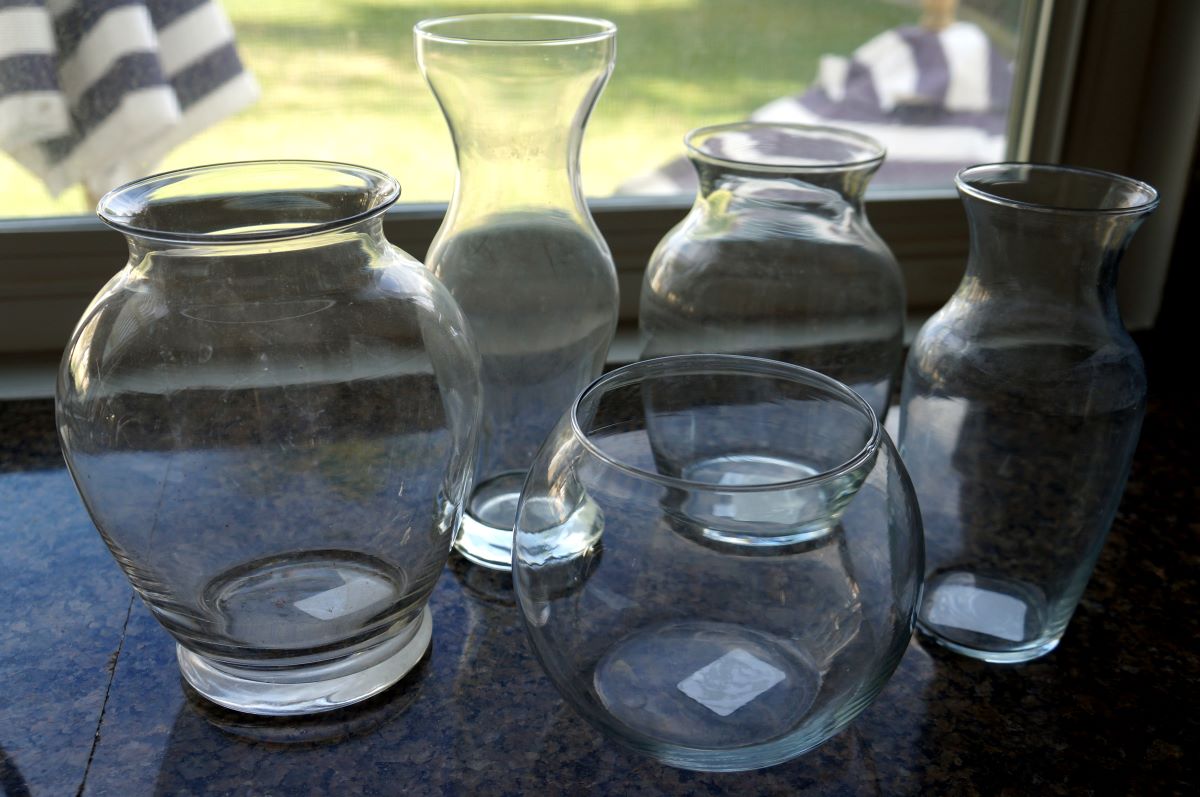

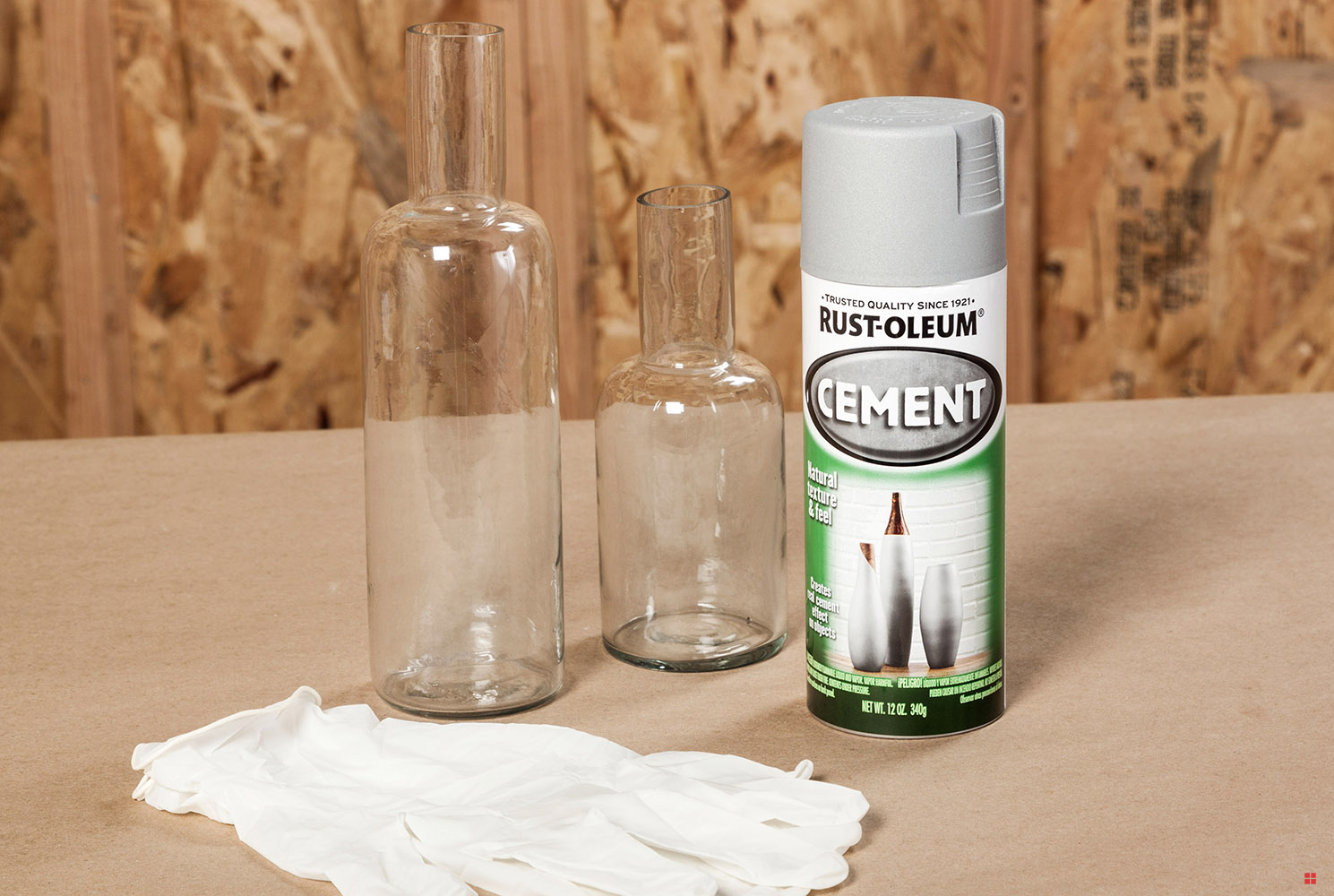
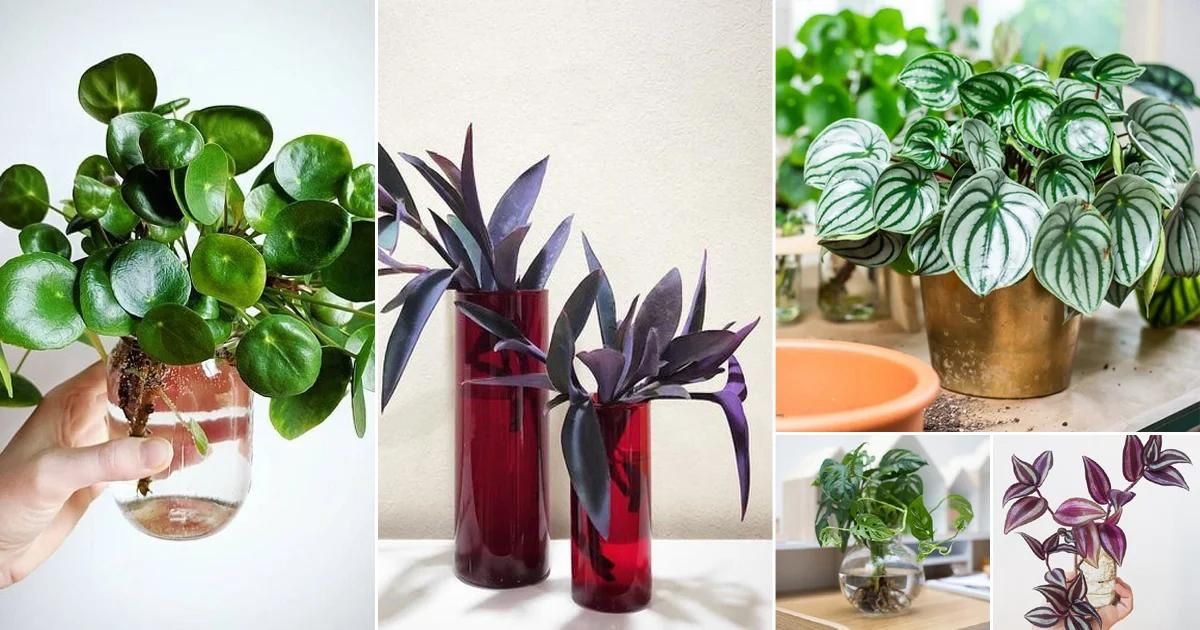
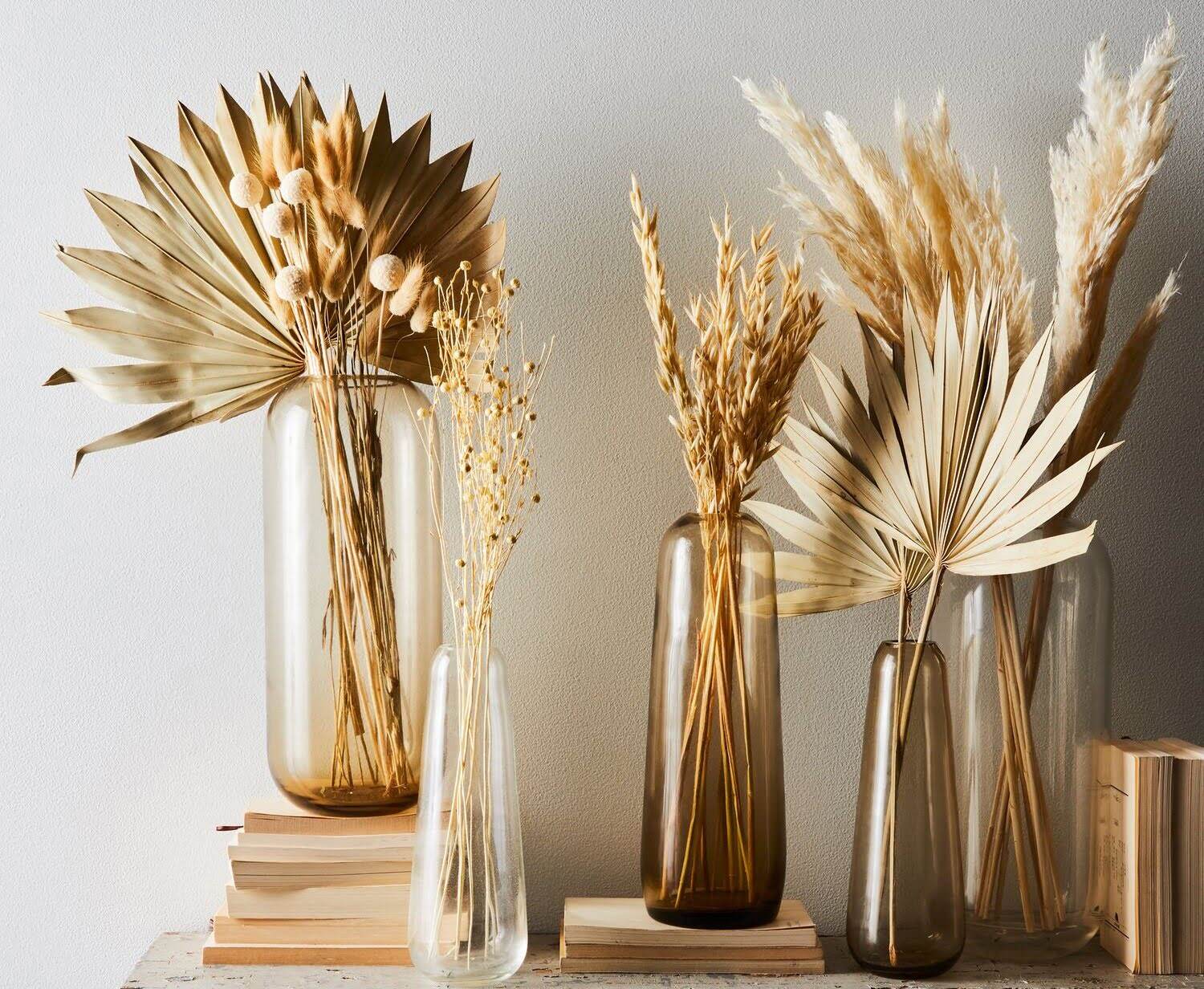
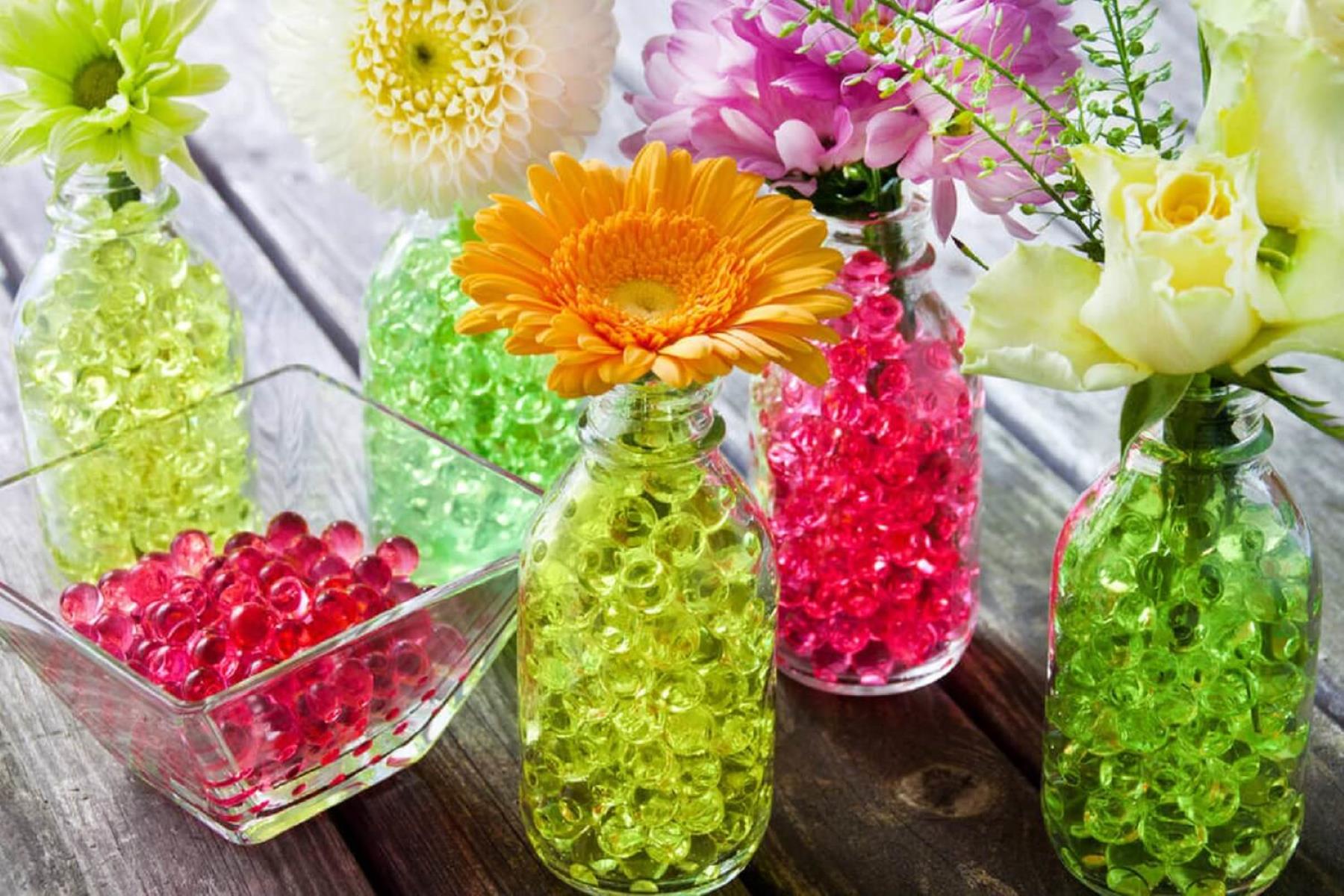
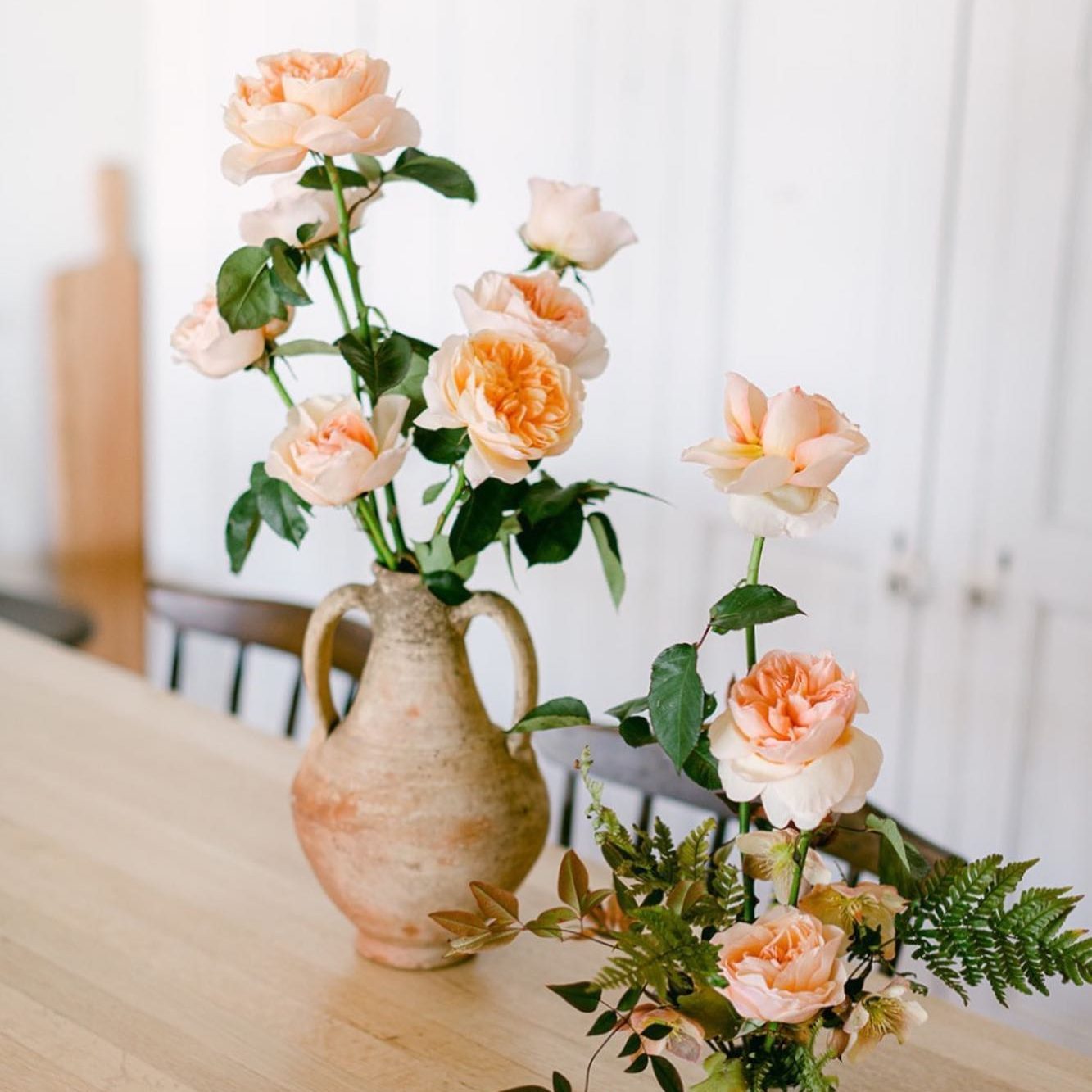
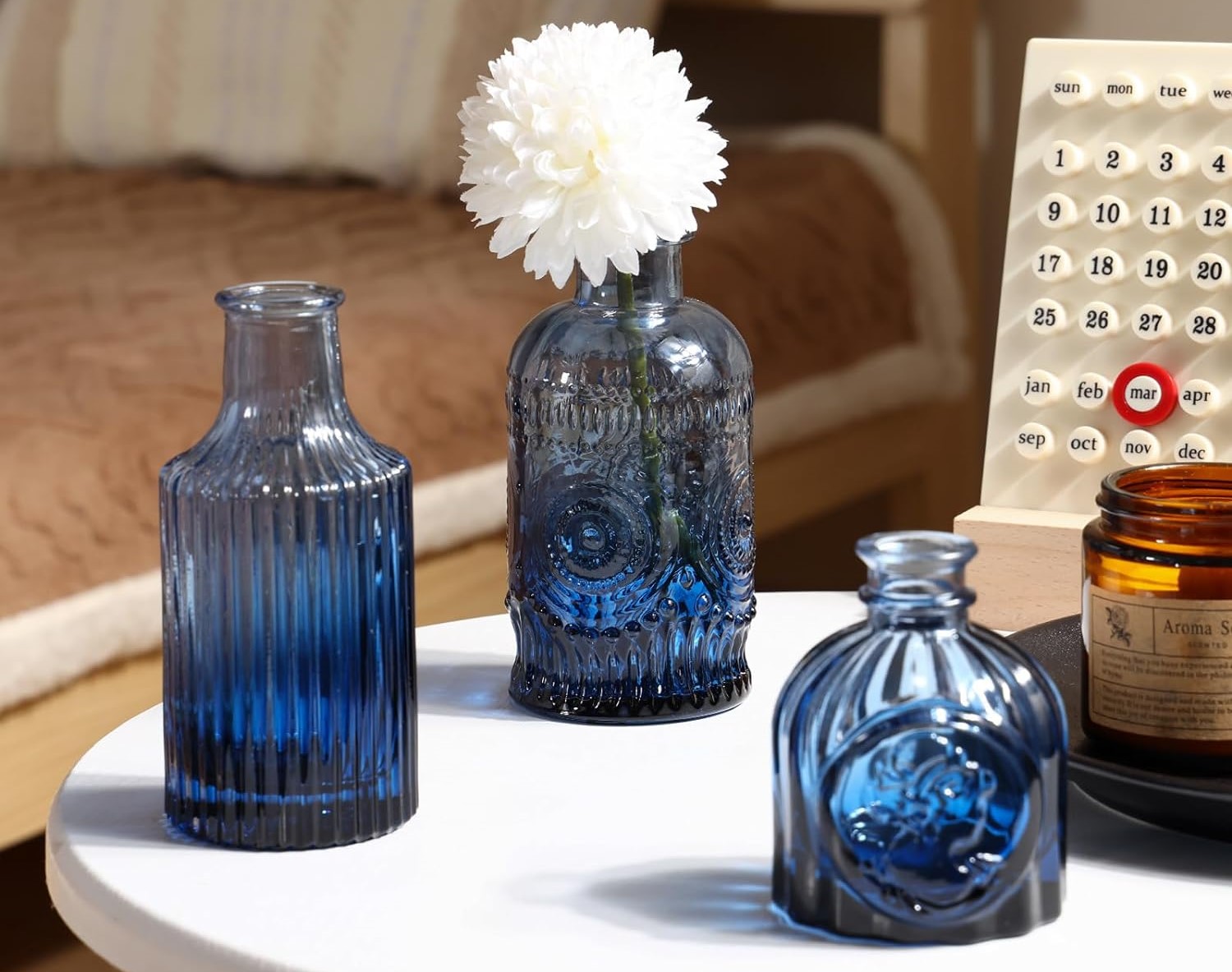
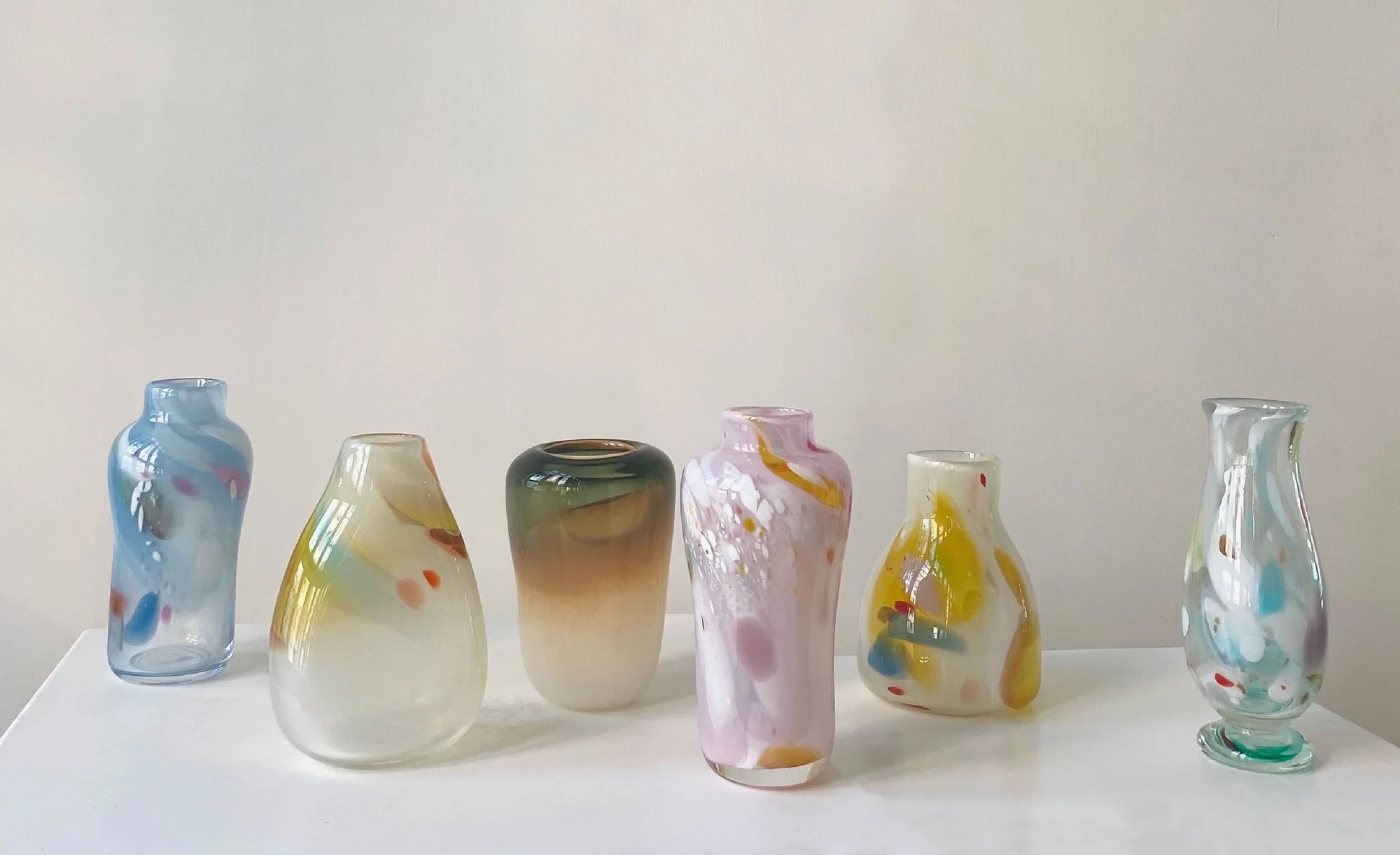
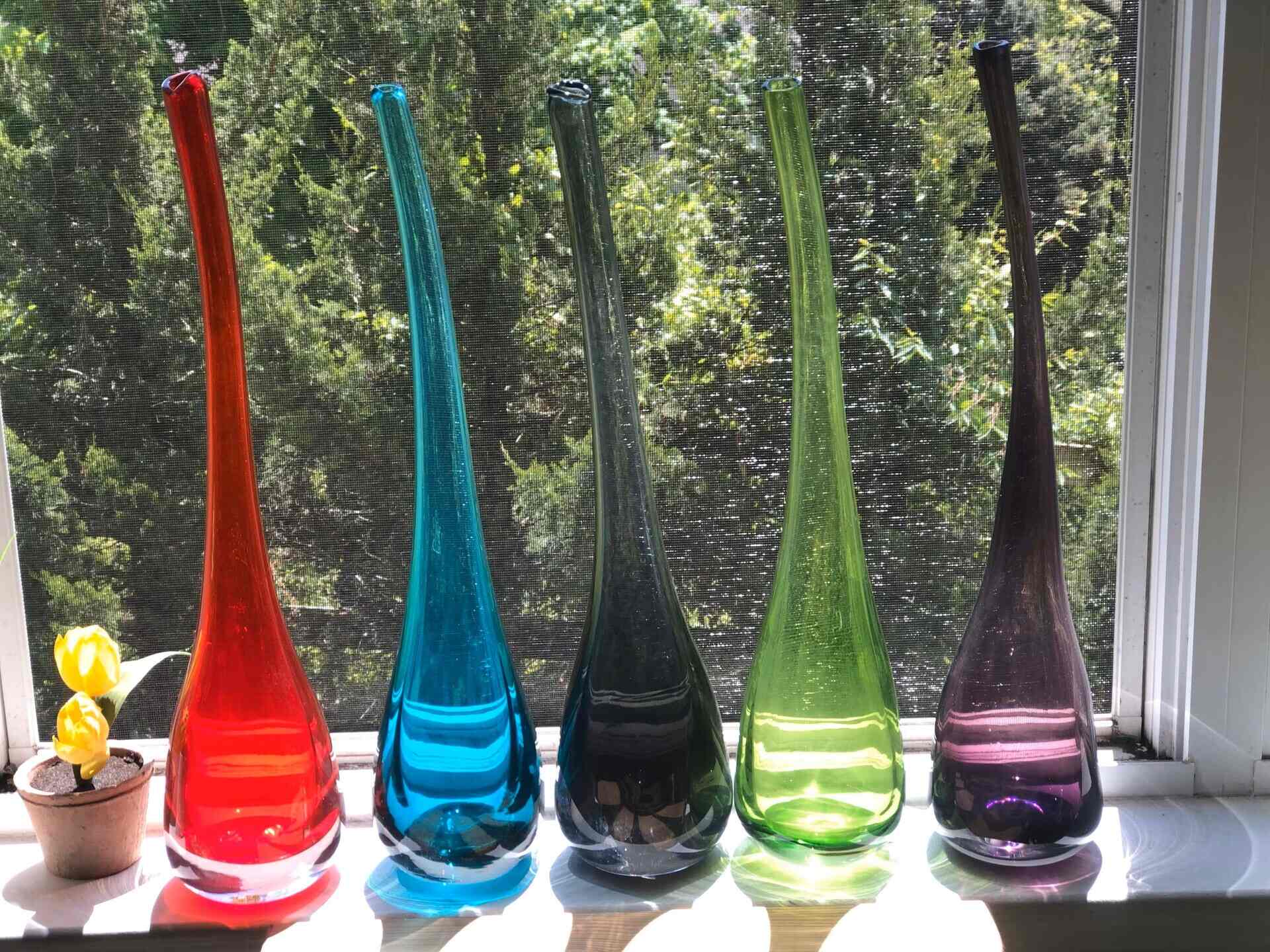
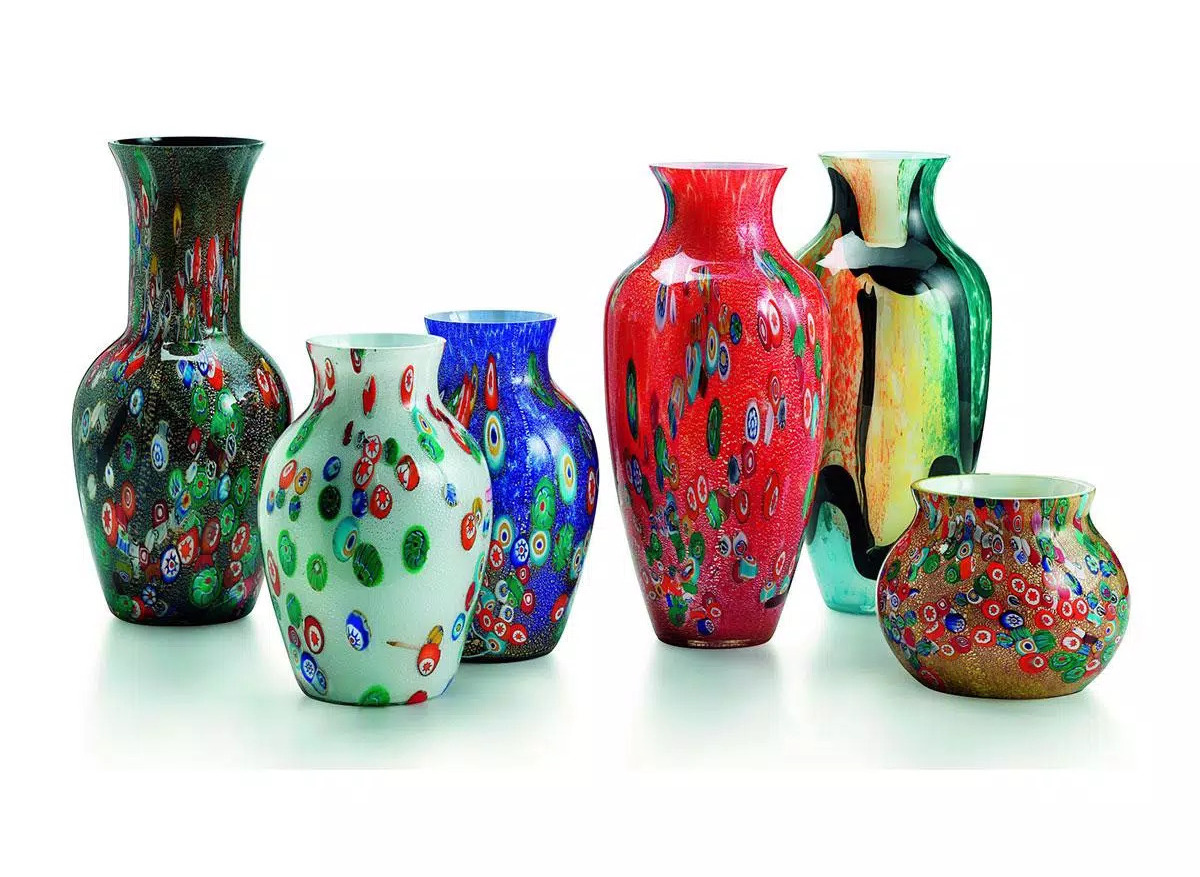
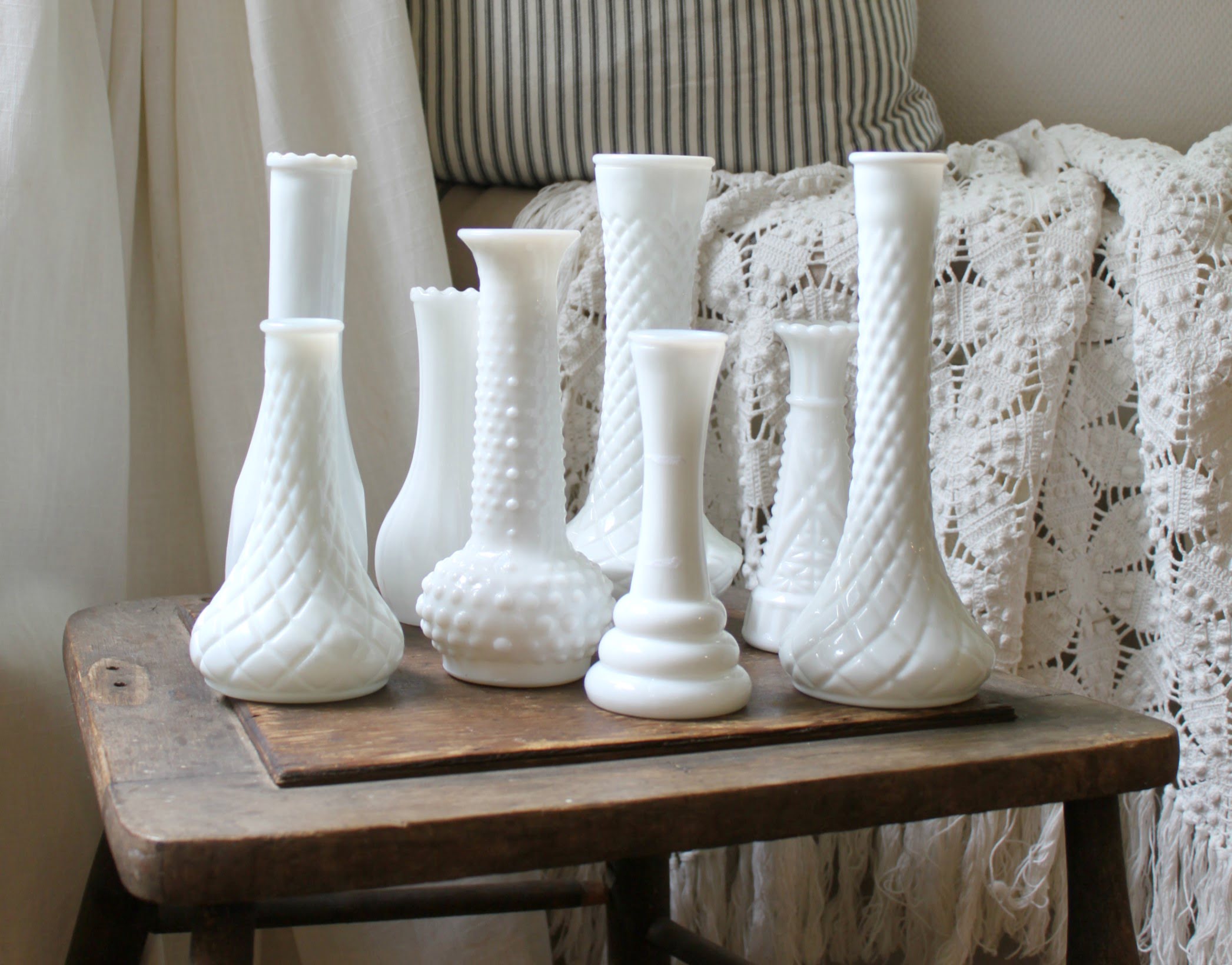
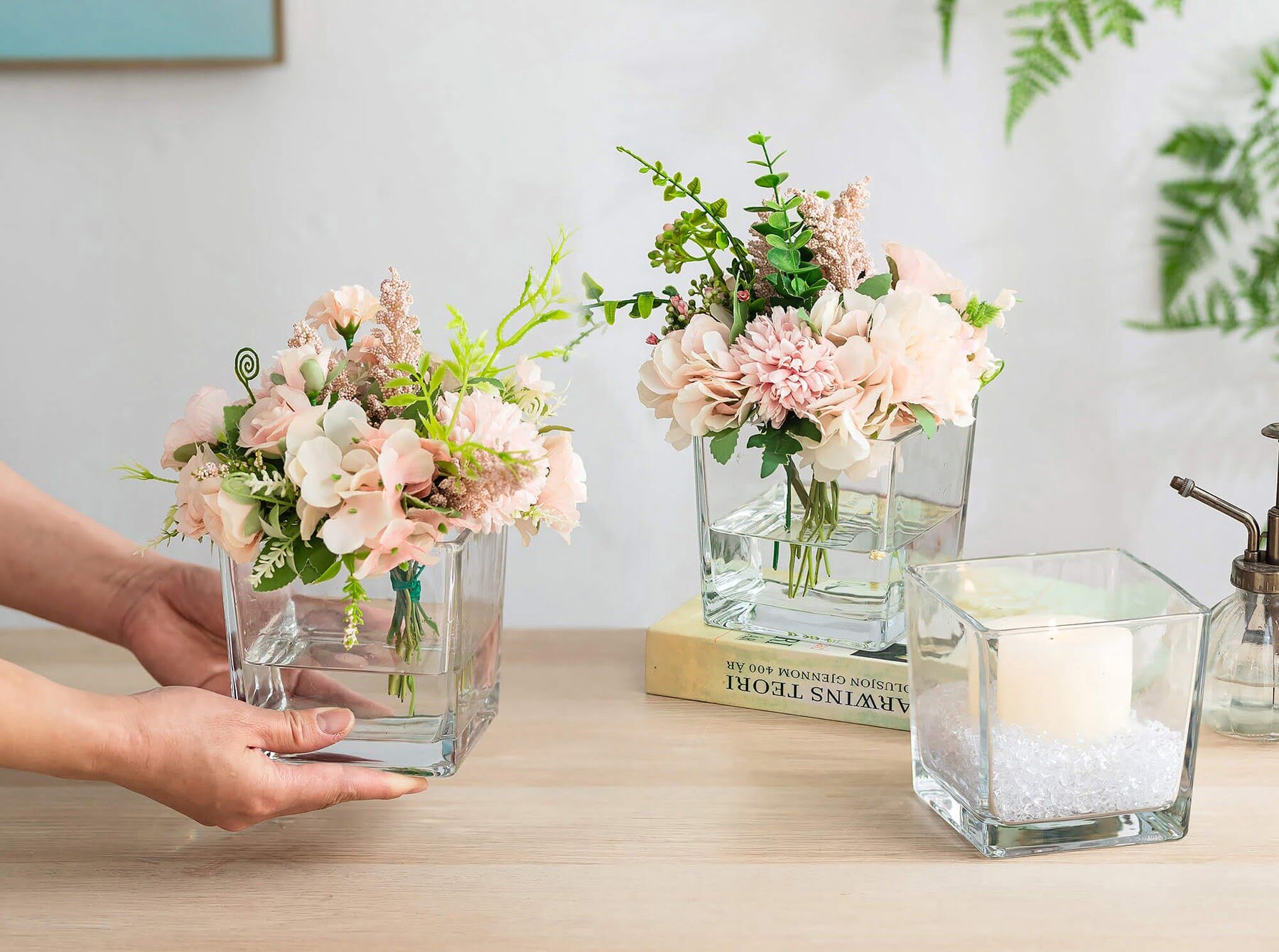
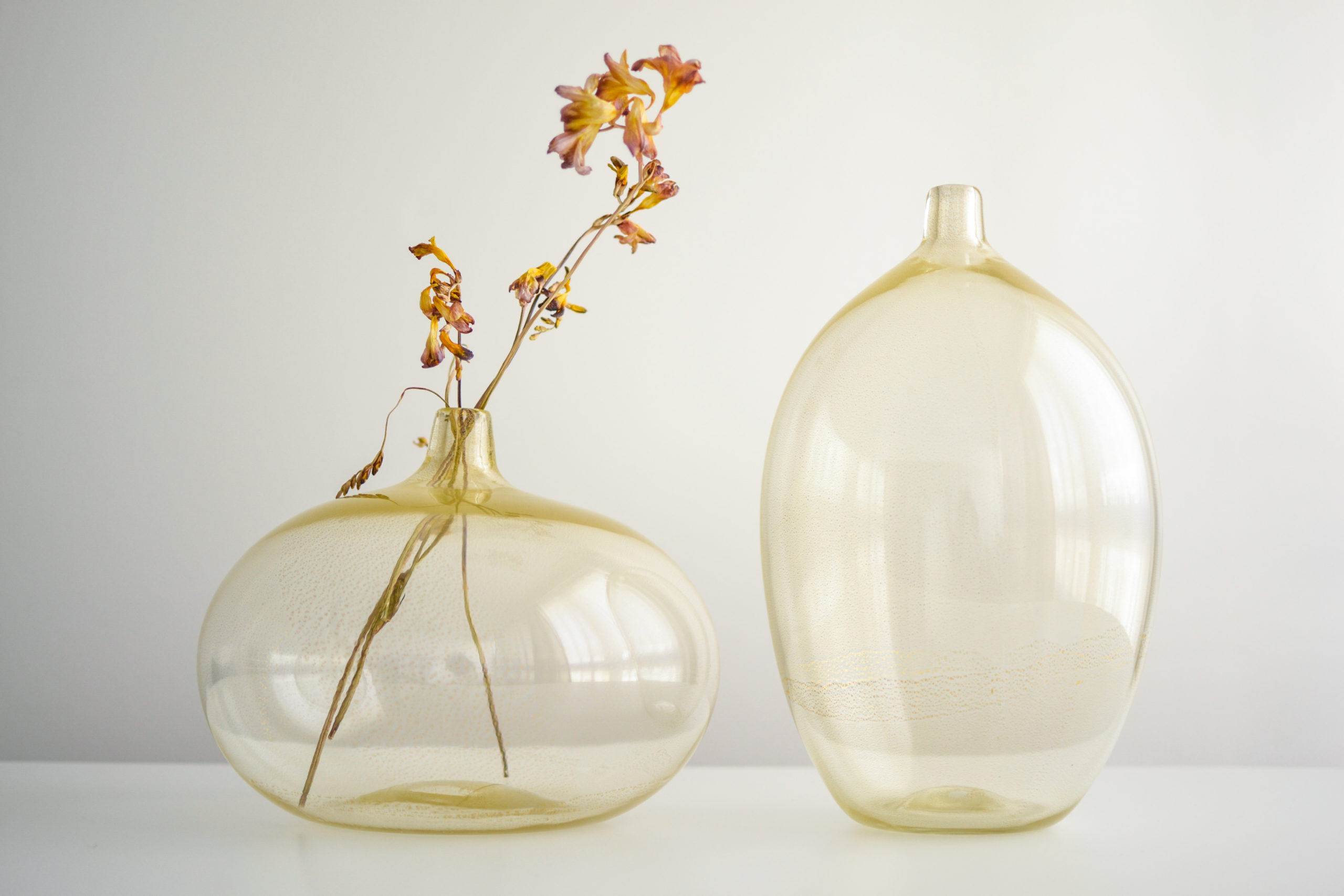

0 thoughts on “How To Clean A Glass Vase”